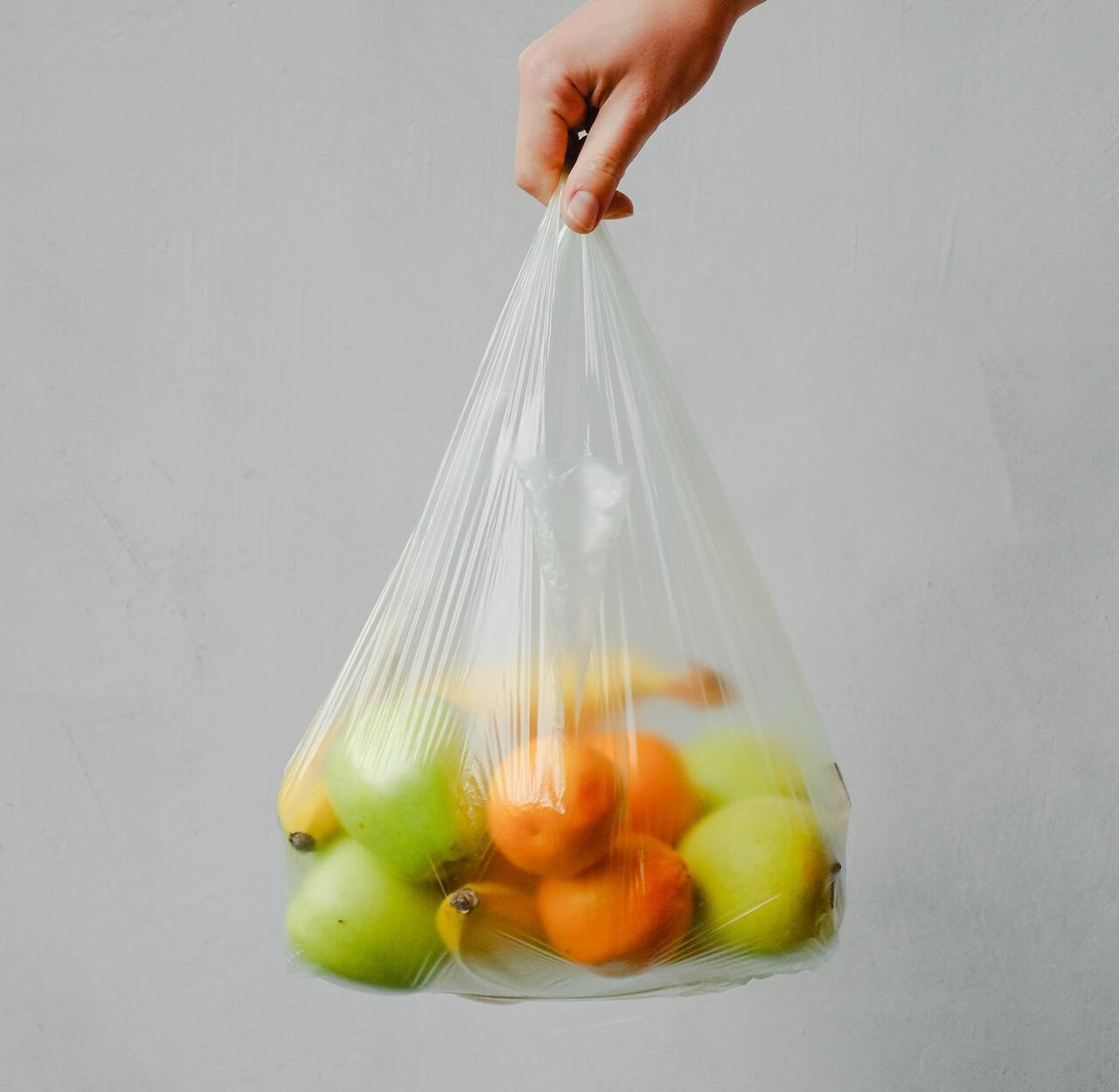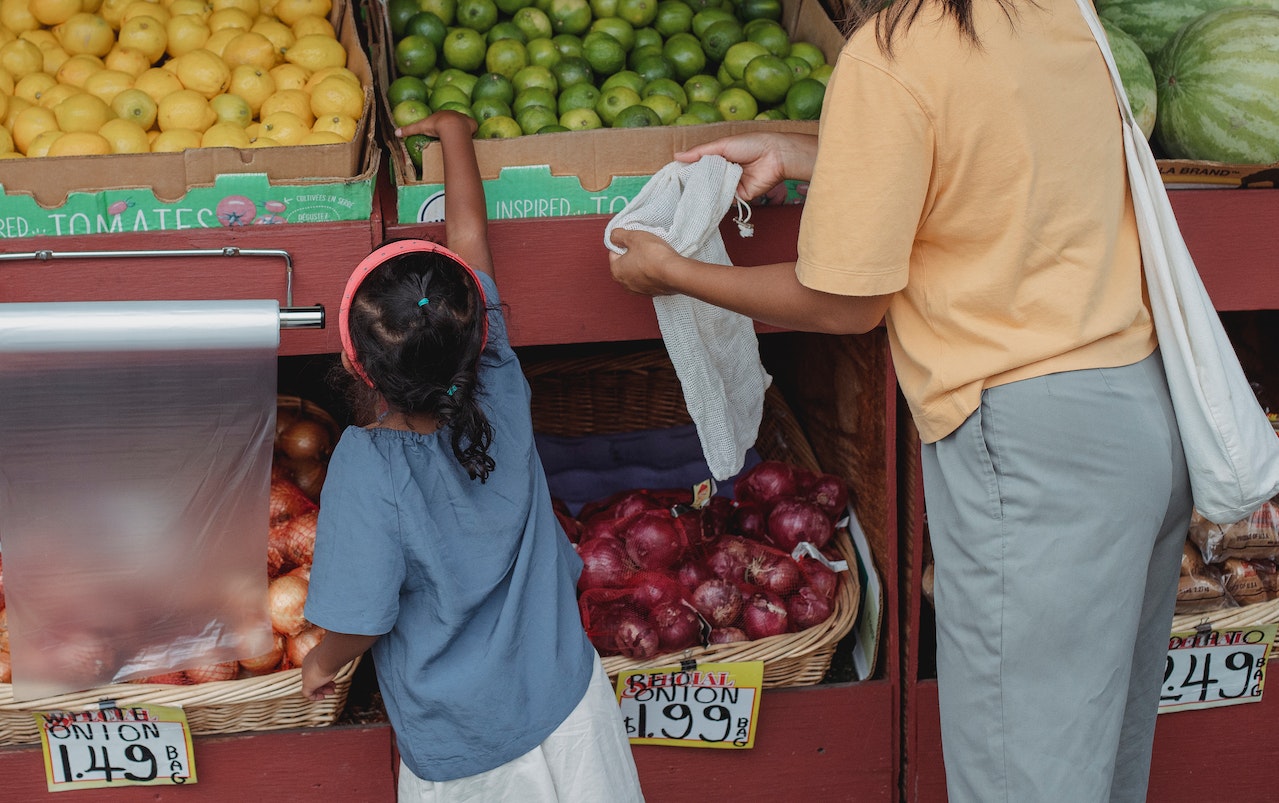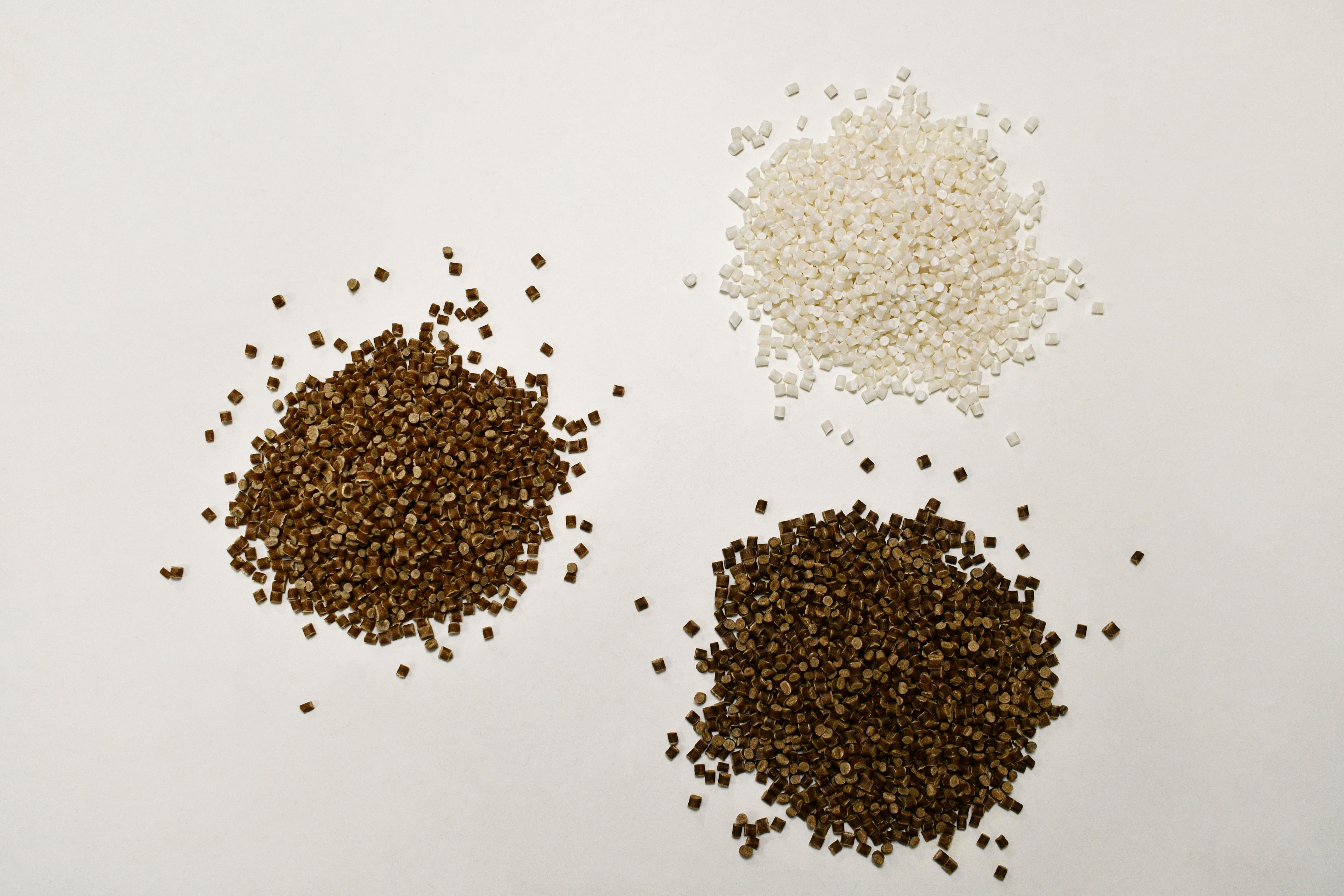The Journey towards Zero-Waste Solutions with Packaging Bio
Plastic packaging, in particular, has become a major source of environmental pollution in recent years, with millions of tons of plastic waste finding its way into our oceans and landfills.
However, there is hope for a more sustainable and eco-friendly future through the emergence of packaging bio, which offers an ideal alternative to traditional plastic packaging.
Towards Zero-Waste Solutions with Packaging Bio
Definition and characteristics
Packaging bio refers to the use of bio-based materials derived from renewable resources in packaging applications. These materials are typically sourced from plant-based feedstocks such as corn, sugarcane, wood, or other agricultural products.

Packaging bio can decompose quickly without leaving any harmful to environment.
Packaging bio is characterized by its ability to decompose quickly and safely, without leaving behind harmful pollutants or microplastics in the environment. Additionally, packaging bio reduces our dependency on finite fossil fuels and prevents waste from ending up in landfills or oceans.
Types of bio-based packaging materials
Here are further details on the types of packaging bio materials:
Bioplastics derived from renewable resources:
Bioplastics are a type of bio-based packaging material that is derived from renewable resources such as coffee grounds, sugarcane bagasses, or cellulose. These materials can be used as alternatives to traditional petroleum-based plastics. Bioplastics can be classified into two main categories:
- PLA (Polylactic Acid): PLA is a bioplastic made from fermented plant sugars, usually derived from corn or sugarcane. It is biodegradable and compostable under specific conditions. PLA is commonly used for applications like packaging films, disposable cutlery, and containers.
- PHA (Polyhydroxyalkanoates): PHA is a family of bioplastics that are produced by microorganisms through fermentation of renewable feedstocks. PHA-based materials offer biodegradability and can be used in various packaging applications.
>>>> Learn more at: Bioplastics in Packaging: A Win-Win for the Environment and Businesses
Biodegradable and compostable materials:
Biodegradable and compostable materials are designed to break down naturally in specific environmental conditions, reducing their impact on the environment. These materials can include:
- Starch-based materials
- PCL (Polycaprolactone)
- PHB (Polyhydroxybutyrate
Plant-based fibers and papers:
Plant-based fibers and papers are derived from natural materials such as bamboo, hemp, sugarcane bagasse, or agricultural residues. These materials can be used to create packaging solutions with varying properties such as sugarcane bagasse, bamboo fibers, recycled paper or plant fibers.
These bio-based packaging materials offer sustainable alternatives to conventional packaging materials, reducing reliance on fossil fuels and minimizing environmental impact. Their properties, such as biodegradability and compostability, make them attractive choices for eco-conscious businesses and consumers seeking to reduce waste and promote a circular economy.
Innovations and Applications
Innovations in packaging bio have led to exciting developments and expanded applications across various industries:
Food and Beverage Packaging:
Packaging bio materials have gained significant traction in the food and beverage industry due to their potential for sustainability and food safety. Packaging bio materials can be molded into containers for takeaway meals or single-serve products, reducing the need for non-recyclable packaging options.

Reducing single-use plastic bag with packaging bio.
Personal Care and Cosmetics Packaging:
The personal care and cosmetics industry has also embraced packaging bio to align with consumer demand for eco-friendly options. Bio-based materials can be used to create bottles, tubes, and other packaging components for beauty and personal care products. Furthermore, plant-based foam can be used as protective inserts to secure delicate items without relying on non-recyclable materials.
E-commerce and Shipping Materials:
With the rise of e-commerce, the need for sustainable packaging solutions in the shipping industry has become crucial. Packaging bio materials can replace traditional plastic bubble wraps and void-fillers, providing cushioning and protection during shipping while being environmentally friendly.
By embracing these advancements, businesses can reduce their environmental impact and contribute to a more circular and eco-friendly packaging ecosystem.
The Road Ahead: Moving towards Zero-Waste Solutions
The journey towards zero-waste solutions with packaging bio holds great promise for a sustainable future. As we move forward, there are several key aspects to consider and actions to take:
Research and Development:
Continued research and development are crucial for advancing packaging bio technologies. This involves improving the performance and functionality of bio-based materials, exploring new feedstocks, and enhancing the compatibility of packaging bio with existing packaging infrastructure. Investments in research can lead to innovative breakthroughs, enabling more widespread adoption of packaging bio solutions.
Sustainable Sourcing:
To ensure the long-term viability of packaging bio, it is essential to prioritize sustainable sourcing of bio-based materials. This includes promoting responsible agricultural practices, supporting local farmers, and avoiding practices that contribute to deforestation or land degradation.
Collaborative efforts among suppliers, manufacturers, and regulatory bodies can establish guidelines and certifications to ensure sustainable sourcing throughout the supply chain.
Infrastructure and Waste Management:
Developing proper infrastructure for waste management and recycling is critical for the success of packaging bio. This includes establishing composting facilities for biodegradable and compostable materials, expanding recycling capabilities for bio-based plastics, and educating consumers on proper disposal practices.

Bioplastics
Investment in waste management infrastructure will support the effective end-of-life management of packaging bio materials, closing the loop and reducing waste generation.
Contact us
AirX is the world's first carbon-negative bio-material made from coffee grounds manufacturer.
We specialize in producing bio-based composites using recycled carbohydrates derived from by-products such as coffee grounds, coconut husk, husk, and bamboo. Our goal is to promote sustainability through the use of eco-friendly materials.
We are always here to help and provide the best service possible. If you have any questions or would like to receive advice and feedback directly from our sales staff, please do not hesitate to contact us. You can reach us through:
- Whatsapp: +84 969 742 950
- Email: [email protected]
We look forward to hearing from you!

